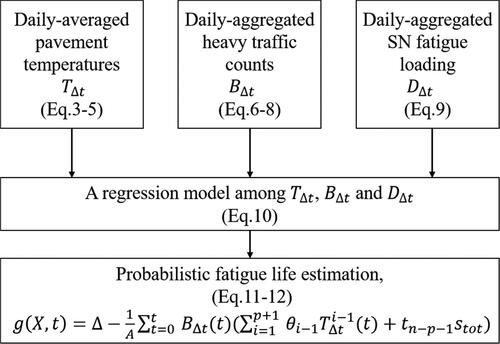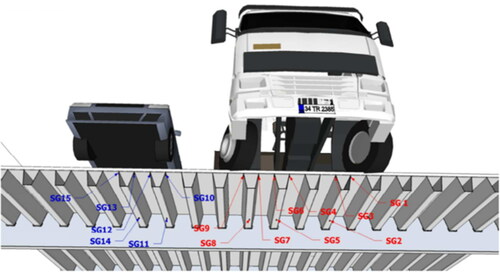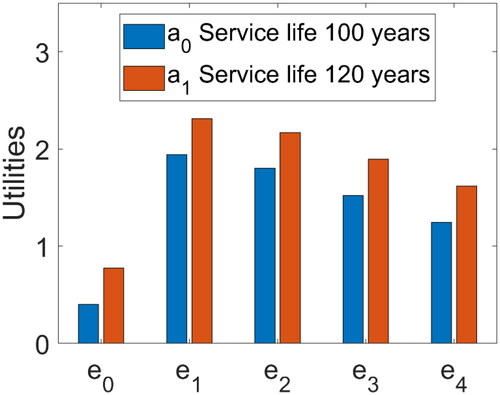Figures & data
Table 1. Summary of the monitoring data from the monitoring system.
Figure 6. Strains gauges at welds (SG-TS = Strain Gauge Trough Splice, SG-TD: Strain Gauge Trough-to-deck).
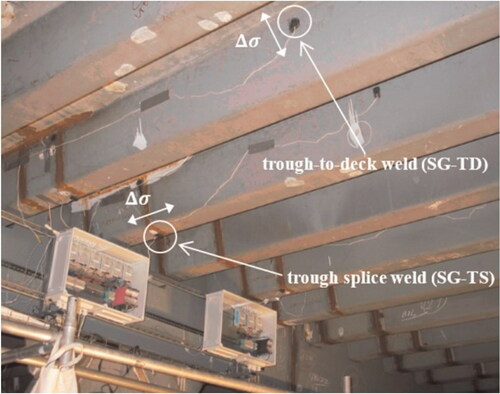
Table 2. SHM strategies.
Figure 7. Prediction of probability of fatigue failure: (a) during service life of 120 years and with target probability (b) if doing nothing or rehabilitation given reference SHM data.

Table 3. Variables of the probabilistic model.
Figure 10. utilities associated with different monitoring durations and choices of actions considering the variability of the model parameters: (a) target probability (b) benefit
(c) failure cost
(d) inspection and rehabilitation cost
(e) monitoring cost
and (f) discount rate
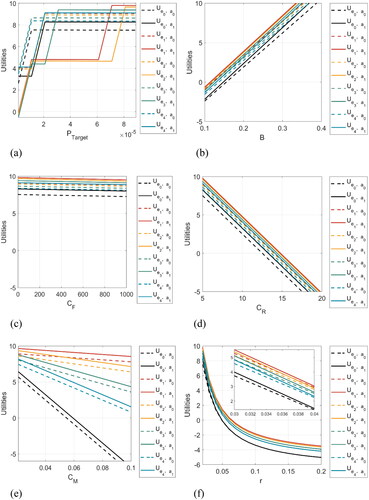
Table 4. Summary of the most valued decisions about the SHM strategy to adopt, regarding the critical parameters.



